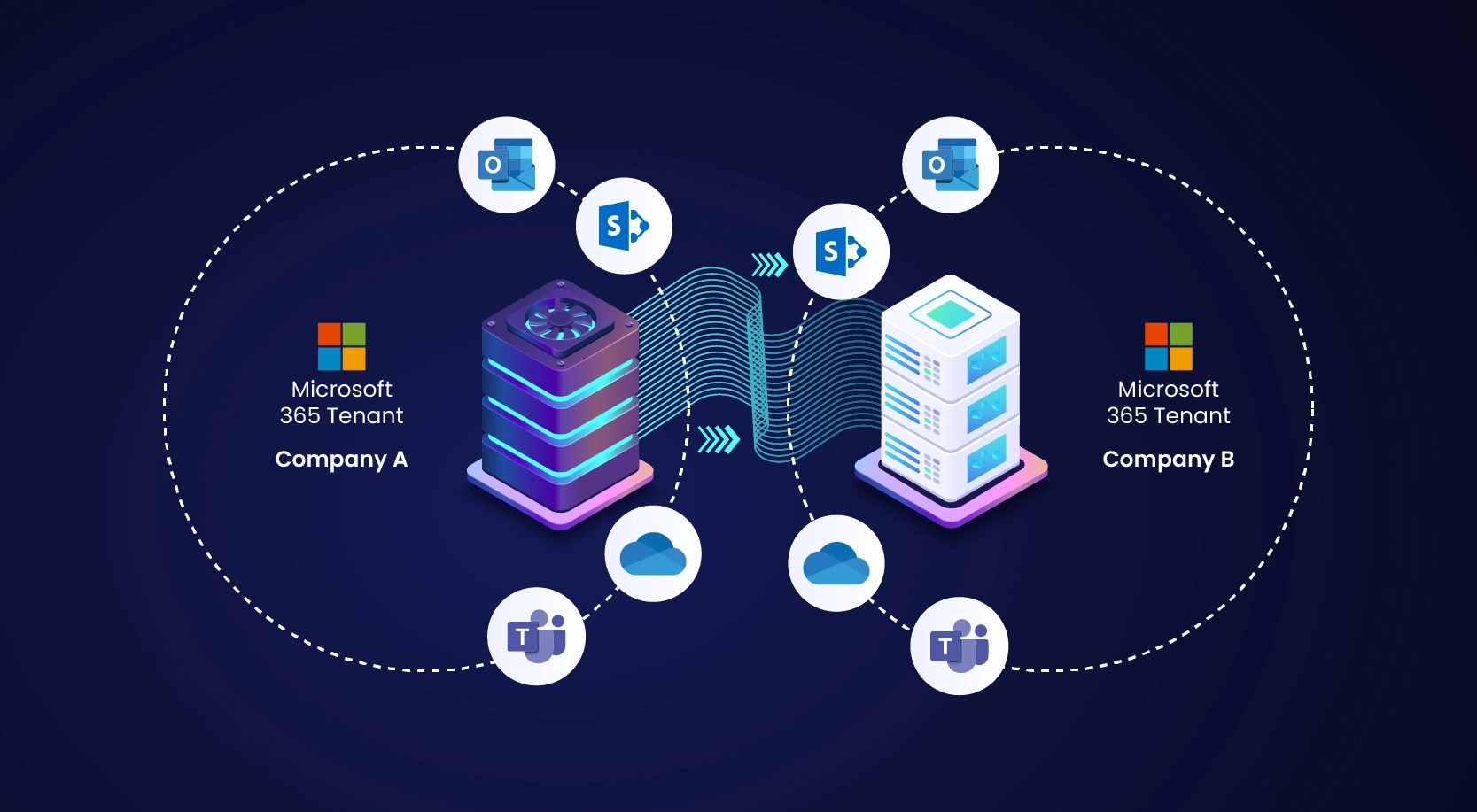
According to the World Economic Forum, hospitals produce 50 petabytes of siloed data annually—equivalent to approximately 10 billion music files. Ninety-seven percent of this data goes unused, leaving many valuable insights locked away. Putting all this data to good use is the key to unlocking clinical and operational breakthroughs that can make a meaningful difference in patient’s lives and healthcare journeys.
A unified data view can provide further impetus to value-based care from an acceptance perspective, focusing on improving health outcomes and containing rising healthcare costs. By connecting siloed patient data, healthcare providers can access deep information about medical histories, treatments, adherence to treatment protocols, and outcomes, creating the foundation for proactive care initiatives and efficient care delivery.
Introduction – Patient 360
Patient 360 offers a comprehensive view of each patient’s health information. It’s like having all the pieces of a person’s health puzzle in one place. This includes their medical records, details about their visits to the doctor, what medicines they use, and even personal health notes. But it doesn’t stop there. It also pulls in data from places like community health centers and home care services, which helps paint a fuller picture of someone’s health.
Beyond just medical details, Patient 360 digs into where patients live and their lifestyles. It looks at whether they can get healthy food quickly, if they’re living in a clean environment, and other life factors like how secure their housing is or what their job situation is like. All this info helps healthcare providers understand patients better, not just as numbers, but as people living in the real world.
Real-World Impact of Patient 360

Microsoft Fabric – a comprehensive analytics platform that combines all the data and analytics tools organizations need to unleash their data power and prepare for the AI age.
Scenario
Steve Flessner, Male, age 51 years (DOB 17th Dec 1974), Height: 175 cms. and Weight: 200 lbs. is diagnosed with Hypertension and Type 2 diabetes with current medication of Metformin 500mg (2 times a day) and Lisinopril 10mg (daily).
His latest Lab results (5th July 2024) are –
- Blood Glucose: 140 mg/dL
- Cholesterol: 220 mg/dL
Social Determinants of Health:
Steve has earned a high school diploma and works part-time at a retail outlet. He is covered under Medicaid and lives in a rented apartment in a high-crime area. He lives alone and has a limited social network. He owns no vehicle and depends on friends or public transport.
Care Plan
- Assistance with transportation for medical appointments or connect him to a nearby clinic or community center with a teleconsultation facility.
- Referral to a dietitian for nutrition counseling.
By looking at the broader context that impacts a patient’s health, care givers gain a deeper insight into their patients and the factors affecting their health.
Considering social factors and clinical conditions, a tailored approach can be taken to motivate patients.
Having this information at one place allows caregivers and care managers to comprehend a patient’s situation better. They can provide personalized care that addresses health equity and makes patients feel seen, cared for, and understood.
Benefits of a Patient 360
The benefits of a Patient 360 (Longitudinal Health Profile) are extensive and can positively impact both patients and healthcare providers. Here are some key benefits:
- Engaged Patients: Patients can take an active role in their healthcare by accessing their health information, learning about health topics, and working with healthcare providers to make informed decisions through longitudinal health profiles.
- Better Care coordination: Longitudinal health profiles enable healthcare providers to coordinate care across various specialties/settings smoothly, ensuring consistency, reducing errors, and enhancing the patient experience.
- Early Detection and Prevention: Longitudinal health profiles help identify potential health issues early by tracking health status changes over time. This allows for timely interventions to prevent chronic conditions or complications. This proactive approach leads to better health outcomes and lowers long-term healthcare costs.
To sum up, “Patient 360” is a new way of healthcare that focuses on preventing health problems rather than treating them after they happen. It also respects patients as people with different wants, needs, and situations. By collecting and examining data from various sources—such as medical records, lifestyle factors, social factors affecting health, and patient opinions—healthcare providers can get a complete view of each patient’s health condition.






